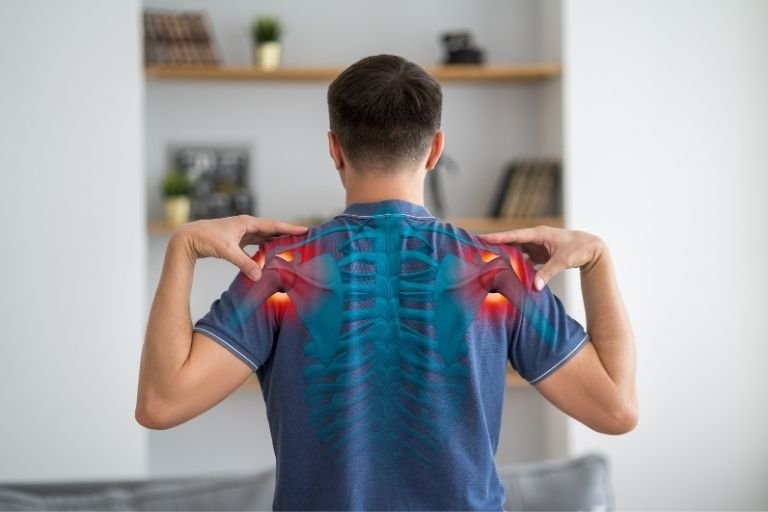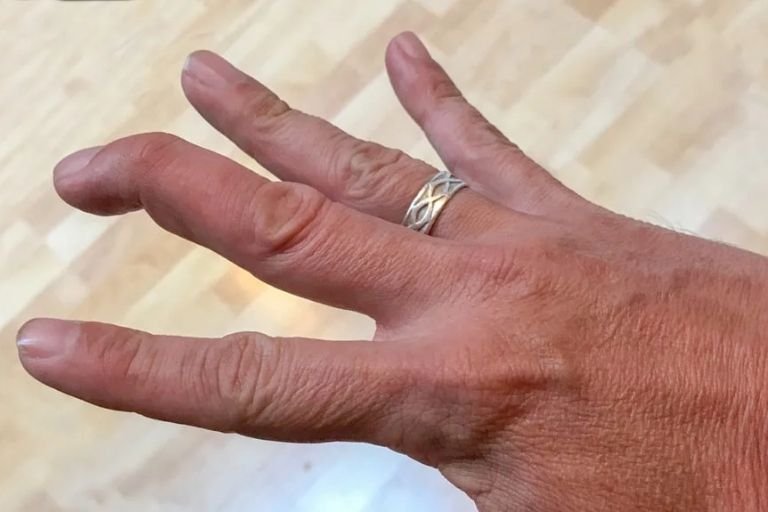- Fitwell Physiotherapy
Fracture

Fractures, or broken bones, can occur due to various reasons such as accidents, falls, sports injuries, or underlying medical conditions. They can range from minor hairline fractures to severe breaks that require immediate medical attention. Understanding the symptoms, causes, risks, prevention measures, and treatments associated with fractures is essential for maintaining bone health and facilitating proper recovery.
Please submit your details below.
Symptoms
- Pain, swelling, and tenderness around the affected area.
- Difficulty or inability to move the injured limb or joint.
- Deformity, such as a visible protrusion or abnormal angle of the bone.
- Bruising or discoloration.
- Numbness or tingling sensation.
Causes:
- Trauma from accidents, falls, or direct blows.
- Overuse or repetitive stress on the bones, common in athletes.
- Weakened bones due to osteoporosis, cancer, or other medical conditions.
When to See a Physiotherapist:
- If you suspect a fracture, seek medical attention immediately.
- Physiotherapists play a crucial role in the rehabilitation process after a fracture. They can assess the extent of the injury, provide pain management techniques, and develop personalized exercise programs to restore mobility and strength.
- Additionally, physiotherapists can guide patients on proper movement techniques to prevent further injury during the healing process.
Risks:
- Delayed healing or non-union of the bone.
- Malalignment or improper healing leading to chronic pain or disability.
- Complications such as infection or nerve damage, especially in open fractures where the bone pierces the skin.
How to Prevent:
- Maintain a balanced diet rich in calcium and vitamin D to support bone health.
- Engage in weight-bearing exercises regularly to strengthen bones and muscles.
- Wear appropriate protective gear during sports or high-risk activities.
- Take precautions to prevent falls, especially in older adults, by ensuring proper lighting, removing hazards, and using assistive devices if necessary.
Treatments:
- Immobilization: Splints, casts, or braces may be used to stabilize the fracture and promote healing.
- Reduction: In some cases, the fractured bone may need to be realigned manually or surgically to ensure proper healing.
- Rehabilitation: Physiotherapy plays a vital role in restoring mobility, strength, and function after a fracture. This may include exercises, manual therapy, and modalities such as ultrasound or electrical stimulation.
- Surgery: In severe cases or when conservative treatments fail, surgery may be necessary to repair the fracture using pins, plates, or screws.
Fractures require prompt and appropriate management to facilitate optimal recovery and prevent long-term complications. Working closely with healthcare professionals, including physiotherapists, can greatly improve outcomes and restore quality of life for individuals affected by fractures.
Frequently Asked Questions
Related Conditions
How Fitwell Physiotherapy Can Help?
Dr. Richa’s Fitwell physiotherapy has an extensive team of physiotherapists all within their own specialist areas of physiotherapy. Whatever your condition, we guarantee that we will have the best physiotherapist for you. We assess, diagnose, plan, cure and care for you.
Fitwell Physiotherapy Clinic, Pune provides you best physiotherapy treatment in Kharadi, pune. We also serve Chandan Nagar, Vadgaon Sheri, Keshav Nagar, Wagholi & nearby Areas in Pune. We are experts in treating Neck Pain, Hand Pain, Back Pain, Lower Back Pain, Knee Pain, Stiff Neck, Sciatica, Arthritis, Stroke Paralysis & Post Surgical Rehab.
We provide Specialized physiotherapy treatments in Sports Injuries, Pre and post Surgery, Neurologic, Pediatric, Chronic Pain/Fatigue, Rheumatology, Women’s Health, Men’s Health, Ergonomics, Vestibular, Amputees & all sort of Pain treatment and lifestyle conditions.

































































































